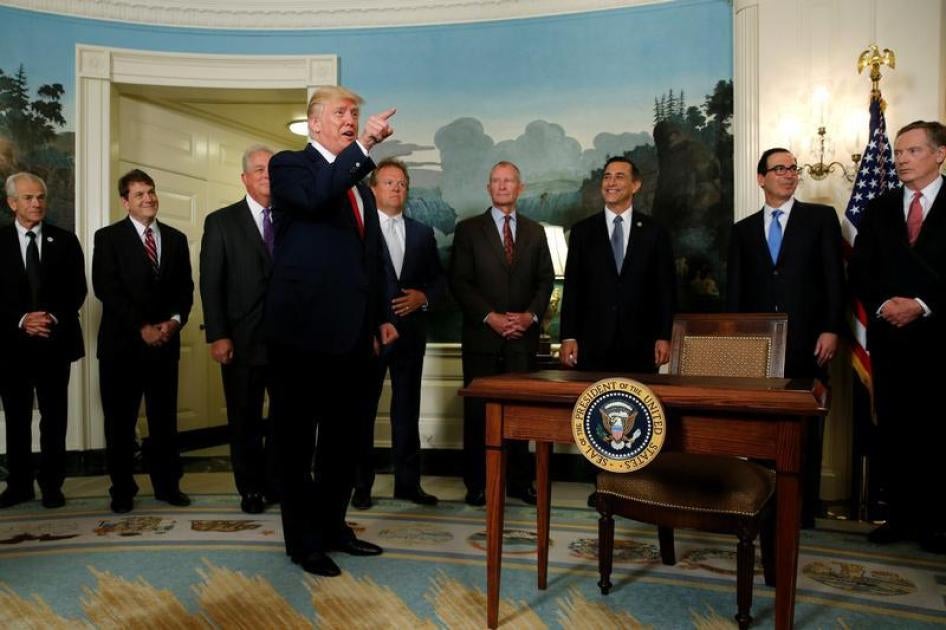Human rights activists around the world should be troubled by the decision of the Collins Dictionary to name “fake news” as its word of the year.
It’s not that the decision itself is bad – it certainly reflects the reality of our political discourse. But the growing ubiquity of fake news poses serious challenges for the human rights movement since it blurs the lines between fact and fiction, truth and lies.
More broadly, facts get a pretty raw deal these days – much of the US’s climate change policy is based on bad science, for example. And one study found that fake election news generated more engagement on Facebook than real stories from serious media outlets. And neuroscientists warn us that, while facts don’t really convince, stories (which may not always be “true”) do.
The growing disregard for facts is a problem for human rights activists.
In his wise book, On Tyranny, Timothy Snyder warns that, “To abandon facts is to abandon freedom.” To be truly convincing as human rights advocates, our stories and narratives, whether about Rohingya refugees fleeing ethnic cleansing or those cruelly deported from the US to Mexico, must be credible, authentic, and rooted in fact.
Both fact-finding and story-telling start with witnessing. Elie Wiesel, who survived the Holocaust, dedicated his life to the obligation to give witness and speak out in the hope that, by imagining the unthinkable, we would ensure it never happened again. “Silence encourages the tormentor, never the tormented,” he would say.
With each encounter with victims, human rights activists must bring a commitment to meticulous fact-finding, the sifting of evidence, the corroboration of details, and the pursuit of a truth that will ultimately lead to justice.
But the problem is broader. The purveyors of fake news seek to make facts fungible, and to render the world a cacophony of competing hyper-partisan narratives where adjudication becomes meaningless and the only truth flows from supporters of the demagogue.
Political leaders around the world have begun to deploy the label “fake news” as a smear on fact-finding by journalists, human rights organizations, perhaps even prosecutors. In doing so, they seek to break the link between evidence and culpability, making it more difficult to ensure those accountable pay for their misdeeds.
Every day, ordinary people risk their lives and liberty to tell their stories and share the truth with human rights activists because they know that the alternative is silence and continuing injustice. If we fail to protect the sanctity of facts and truth, we risk losing their confidence – and our effectiveness.








